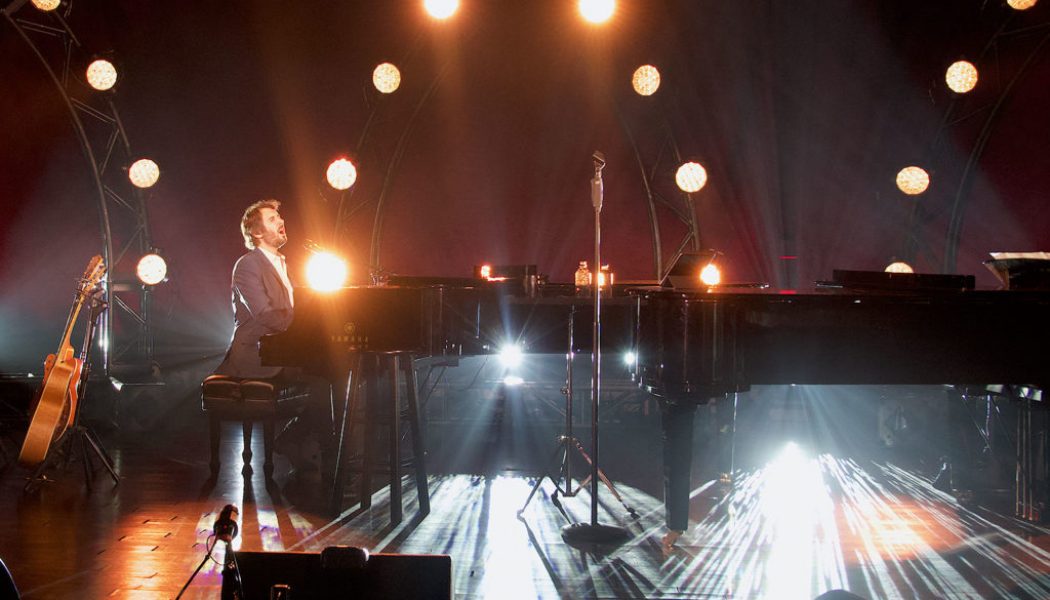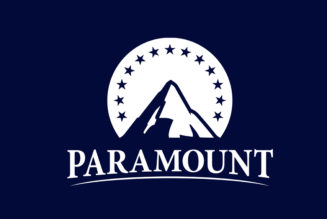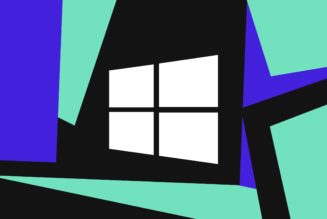
How much is that concert in the computer window? Six months into the pandemic, here’s how artists are experimenting with pricing to see what consumers will pay.
In April, Dutch DJ Oliver Heldens cruised the canals of Amsterdam in an open-air boat outfitted with turntables, blasting a set of future house music that was streamed on YouTube.
The spectacle cost between $5,000 and $10,000 to produce, but Heldens made it free for viewers. He thought of it as a marketing expense to stay in fans’ minds as coronavirus lockdowns became the norm around the world, his manager, Dave Frank, tells Billboard.
In the five months since, livestreamed concerts are slowly becoming a source of revenue, as well as promotion. These days, Frank, of management firm Milk & Honey, gets several livestream offers a month and increasingly evaluates them in terms of how much money they could bring in. Often, they are pay-per-view events, where artists get a cut of the money fans pay to see them.
In the brave new world of livestreaming, however, figuring out how much to charge for these pay-per-view offers is still more of an art than a science, managers and artists tell Billboard. Many acts are still testing various pricing strategies — with tickets ranging from $4.99 to $145 VIP experiences — as they invest more money into costly productions that make these performances more marketable. At the same time, their managers are negotiating splits and looking for companies to handle online billing and tech support.
[embedded content]
One of the biggest lessons so far comes from the real-life concert business: Exclusivity matters. Some of the priciest performances are only available for short periods of time. “If you’re a fan, the idea is you’ve got to be there or be square,” says Thomas Hesse, a former senior Sony Music executive who’s now CEO of Dreamstage, a paid livestream platform that held its first show, featuring pianist Hélène Grimaud and cellist Jan Vogler, on Aug. 22. “If you’ve got something more important to do that evening, maybe you’re not that big a fan.”
After participating in dozens of free livestreams in the early days of the pandemic — everything from a Broadway celebration for Stephen Sondheim’s 90th birthday to singing in his shower for fans — Josh Groban decided to experiment with a ticketed concert on his own website. “We decided people are only going to want to watch people sing in their pajamas for so long,” said Diarmuid Quinn, Groban’s manager. “We needed to up the ante.”
That meant professional production on a soundstage for Groban’s June 27 “Intimate Concert Event,” which offered four tiers of pricing, from $20 “general admission” to a $135 VIP package that included a T-shirt, a pre-show chat with the artist and a $5 donation to his Find Your Light Foundation. Groban used Colorado company TourGigs to handle ticketing and technology, which included setting up his guitarist and piano player in separate rooms. Quinn says the performance, which drew fans from 63 countries, was “very profitable.” It brought in enough revenue to pay Groban’s band and all 24 crew members, including his audio and video teams, although Quinn declines to discuss exact figures. The concert was available for 48 hours after the live broadcast, and Groban used the event to promote his upcoming album, Harmony, set for release on Nov. 26.
Some artist managers are already planning to apply a Netflix model to the nascent livestream business. Dre London says that on Oct. 8, he’s launching the AUX Live platform, which will offer subscribers streamed and archived concerts with major acts like Aerosmith and London’s clients Post Malone and Tyga for $4.99 a month. (Viewers without subscriptions can also pay $4.99 to watch a live pay-per-view concert.) Some of London’s colleagues have suggested charging more, but “the goal is more subscribers,” he says. “How many people would double-click on $5 on their phone and not think about it?” (London says he worked out individual licensing deals with artists and other rights holders.) Although this is a far cry from a $100-plus ticket, it would offer the kind of recurring monthly revenue that has made Netflix and Spotify so successful.
Frank, who also represents DallasK, DJ Cassidy and others, says one reference point he considers is the pricing for Tomorrowland’s virtual event in July, where Heldens was a headliner. The Belgian festival’s founders, who invested $5 million in production costs and talent fees, charged 12.50 euros ($14.88) for a one-day ticket and 20 euros ($23.81) for a two-day pass, and also offered a 12.50-euro “relive” ticket that let fans watch the show for a week. (It was available three days after the live show.) While the performances were initially exclusive, Tomorrowland has since partnered with Apple Music, which now offers audio streams of 29 of the festival’s DJ sets.
Heldens has also participated in livestreams for Insomniac’s Electric Daisy Carnival (for free); a paid gig from Shanghai nightclub TAXX to play for 15 minutes (for a five-figure fee); a major event for the opening of the Formula 1 racing season, sponsored by Formula 1, Heineken, Aston Martin and Red Bull, at Heldens’ normal market rate for live events; and a private show for Snapchat employees, also for his regular live rate. In addition, Tomorrowland is paying Heldens for his green-screen performance in July. (Some artists will receive a share of ticket sales, which have yet to be announced.)
Frank says that two of Heldens’ paid livestream gigs came through his agents at Creative Artists Agency, and the manager says he is being transparent about paying agents their normal commissions for the bookings. “This is a long game for us,” he says, “and you can’t be cutting people out, tripping over pennies to get to dollars.” In the long run, though, Frank says he is also working on a plan for Heldens to take greater control of his livestream business to ensure higher production values and a larger cut of revenue.
With the success of his June concert, Groban recently announced three new themed ticketed livestreams to close out the year: his greatest Broadway songs in October, a launch show for his new record in November and a Christmas show in December. Pricing will be higher than the June event, says Quinn, “as we plan to increase the production value.” Basic tickets will cost $25, or $65 for all three, and two VIP options are available: a $110 pass with a “sound-check experience” and a $145 package that also comes with a T-shirt.
“There’s lots of different ways to slice and dice this, just like in the performance space,” says Quinn. “It’s uncharted waters to a degree from a business standpoint, and I think the fans are just adapting to it. But I think they like the experience.”
Additional reporting by Tatiana Cirisano.










